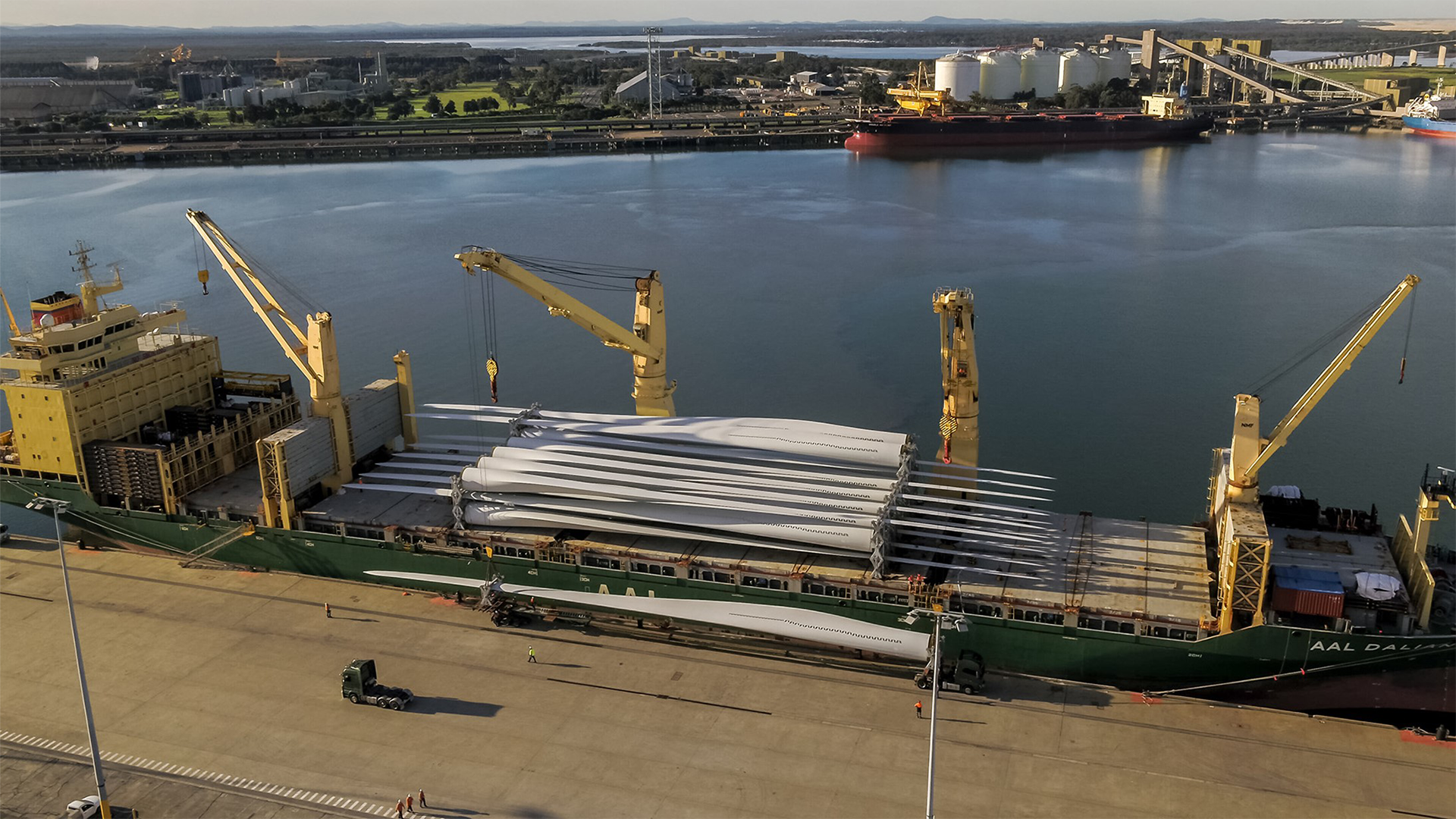Energy company partners with Twinn to optimise wind turbine installation

Project facts
- ClientRenewable energy provider
- LocationNorth Sea, Scotland
- ChallengeThe challenge to determine the best ports for assembling and installing offshore wind turbines.
- ImpactAn interactive playbook of scenarios to inform planning and save money on turbine transport and installation.
- SolutionUsing Twinn Predictive Simulation Suite to analyse six Scottish ports, accounting for towage routes, weather patterns and wave activity.
The challenge
Determining the best ports for installing offshore wind turbines in the North Sea
A renewable energy provider was in the early development stages to determine which ports should be used for assembling wind turbines and towing them into position. Six ports were being considered, each with different implications around required transport and installation times, tow speeds, and local wind and wave conditions.
The solution
Using simulation to analyse routes from different ports, accounting for weather and waves
Because there are so many complex and dynamic variables involved in turbine transport and installation, predictive simulation was the ideal way to understand how different ports and routes would affect timescales. In February 2023, the partnership chose our Twinn Predictive Simulation Suite to conduct the analysis.
To help identify the most efficient turbine transport and installation scenarios, we broke the analysis down into 3 segments:
- Towage route analysis – looking at potential routes from ports to the installation site
- Metocean analysis – reviewing 40 years of metocean data to assess downtime risk for the best routes
- Scenario analysis – assessing the impact of travel speeds and weather events on construction
We built a simulation model using Twinn Witness predictive simulation software, which drew on the towage route and metocean analyses to assess the performance of 50 scenarios. The model accounted for the full lifecycle of activity – from assembly to hook up, tow, installation and vessel return.

Twinn software helped make sense of some tricky parts of installing floating wind turbines at sea.
The impact
Evidence-based decision-making – leading to savings on turbine transport and installation
The simulation analysis showed that choosing a particular port as the construction and integration port led to the fastest installation time. The second-fastest involved using that port as the integration port and another port as the construction port.
Importantly, the simulation also quantified the impact of speeding up installation duration, lowering the maximum wave height limit and increasing the tow speed. These changes had different effects for different port combinations, giving the partnership various options as they look at the most efficient overall way to execute the projects.
Thanks to the playbook, they can now make more informed, evidence-based decisions on port selection – so clients can hit their targets while saving money on transport and installation.
